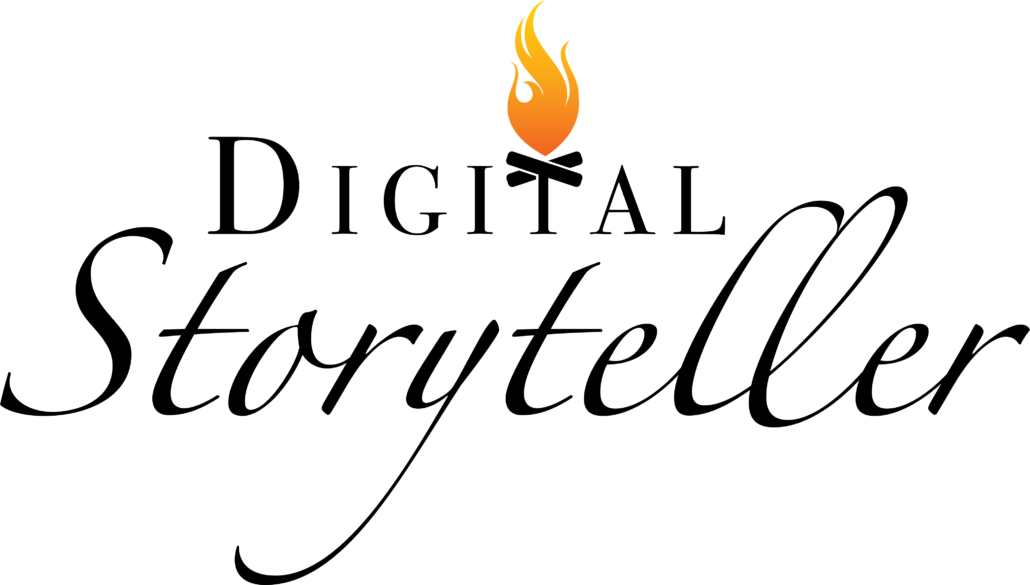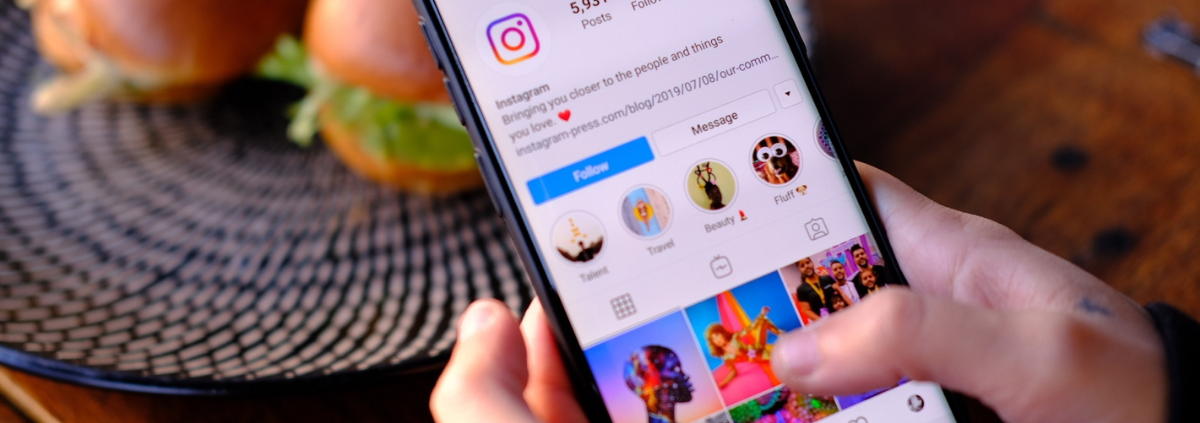Social media algorithms, we’ve written about them before. It seems, however, that with every month, week, and sometimes daily, Instagram is implementing new changes.
Instagram has recently implemented a number of changes to its algorithm that have crashed engagement across nearly all accounts.
The most common complaints we hear? “I never see my friends’ posts anymore,” “I think I’m shadowbanned…” “My engagement sucks lately.”
We’ve heard it all and we feel your pain! Let’s talk about some of the recent changes Instagram has implemented and address some of these concerns.
What’s Going on with The Instagram Algorithm?
What better way to dissect the algorithm than to look at a blog post that Adam Mosseri, head of Instagram, wrote titled “Shedding More Light on How Instagram Works”?
Most importantly, Mosseri wrote that one of the main misconceptions about Instagram is the existence of “The Algorithm.”
“Instagram doesn’t have one algorithm that oversees what people do and don’t see on the app,” says Mosseri. “We use a variety of algorithms, classifiers, and processes, each with its own purpose.”
There’s a ton more good stuff and information on how the Instagram algorithm works (or lack of!) in the actual article, so check that out if you’re interested.
For now, let’s talk about some of the recent changes Instagram has implemented that might affect your content being seen or not.
Chronological order is back!
It’s about time! Instagram’s @Creators account finally announced the return of chronological order.
Back in the day—in 2010, to be exact—the Valencia filter ran rampant and the app itself looked like a neutral-toned vintage camera. Moreover, your home page was a single stream of photos that were sorted in chronological order.
Viewing posts in chronological order, however, was a feature that was removed in 2016. If you ask some, this choice nearly started WW3 (Just kidding … Kindof).
But flash forward to today, it’s back!
“You’ve been asking, and we’ve been listening! 👀” is what @creators captioned the announcement.
Following and Favorites
Instagram decided to take things a step further.
Instead of reverting back to solely chronological order, Instagram now offers three options to view your feed:
- Home
- Favorites
- Following
Here is a brief description of what makes each different.
Home: According to @creators, “home” refers to the feed you’ve gotten used to. This feed will “remain a mix of content from people you follow, recommended content you may like, and more.” Home will remain your default view when you first open the app.
Favorites: Your “favorites” feed will show you the latest posts “from a list of up to 50 specific accounts that you choose.” This might include your best friends, favorite creators (including Digital Storyteller of course), or other favorite accounts that you follow.
Following: Just as it sounds—the “following” feed will show you posts from only accounts that you follow.
Are You Using All of Instagram’s Features?
Over the past five years, Instagram has launched a ton of new features, including reels, stories, IGTV, and even shopping.
We’ve noticed that sometimes it feels like Instagram either rewards or punishes accounts based on your usage of the app as a whole. The bottom line? Instagram wants you to use and try all of its features.
Depending on your business or goals, your digital marketing strategy might include a combination of:
- Standard posts
- Reels
- Stories
- IGTV videos
- Shoppable posts
Consistency is Key
The algorithm favors consistency and patterns. Find out when your target audience is most active, and tailor your posting schedule toward that. At Digital Storyteller, we do this with ease using the scheduling platform, Metricool. Of course, there are various alternative scheduling platforms and tools that can be used similarly as well.
A Quick Rundown of Each Social Media Platform
Lastly, it’s important to know which social media channels are best suited to help you attain the unique needs and goals of your business. That’s why we’re sharing a brief rundown of what each platform can be used for when it comes to your business. So, what the heck does each of them do? Speed round, go!
Instagram is great for building engagement and sharing culture. That means taking pictures of your team at events, showing off your pets, and happy hours and posting them!
When an Instagram user visits a business’ Instagram, they want to see the people behind the business. Show them who they get to work with when they decide to buy your product or become a client.
Facebook is for your grandma… Just kidding, kind of!
Facebook, in the business world, is a largely pay-to-play platform. In simple terms, if you’re not putting money behind your Facebook efforts, chances are not many people will see your content. Boosting a specific post to your Facebook audience can attract thousands of impressions, whereas organic content doesn’t typically reach the same levels of performance.
(Please note: We’re not suggesting that you dedicate your entire marketing budget to your Facebook page, but putting $50 behind a post here or there can significantly support your Facebook performance).
LinkedIn is a professional platform, which means it’s probably not the best-suited platform to share your family photos or pictures from your latest island vacation.
LinkedIn is a great platform to help you build authority and build a professional network. Chances are, LinkedIn is your best bet if you’re looking to identify qualified leads via social media. It’s also a great way to gather expertise from established experts in your industry.
In a nutshell, Twitter is for politics, news, and funny one-offs (think: memes, GIFs, recaps of the Oscars…)
A Final Word
We know that managing your business’s social media presence can be a lot to keep track of on top of running your business. That’s why we recommend you pass on the work of crafting a killer digital marketing plan to our team of experts at Digital Storyteller.
Not ready to make the jump yet? Let’s get REEL instead! Check out this article on how Instagram reels support your social media strategy. Then, shoot us a message.


